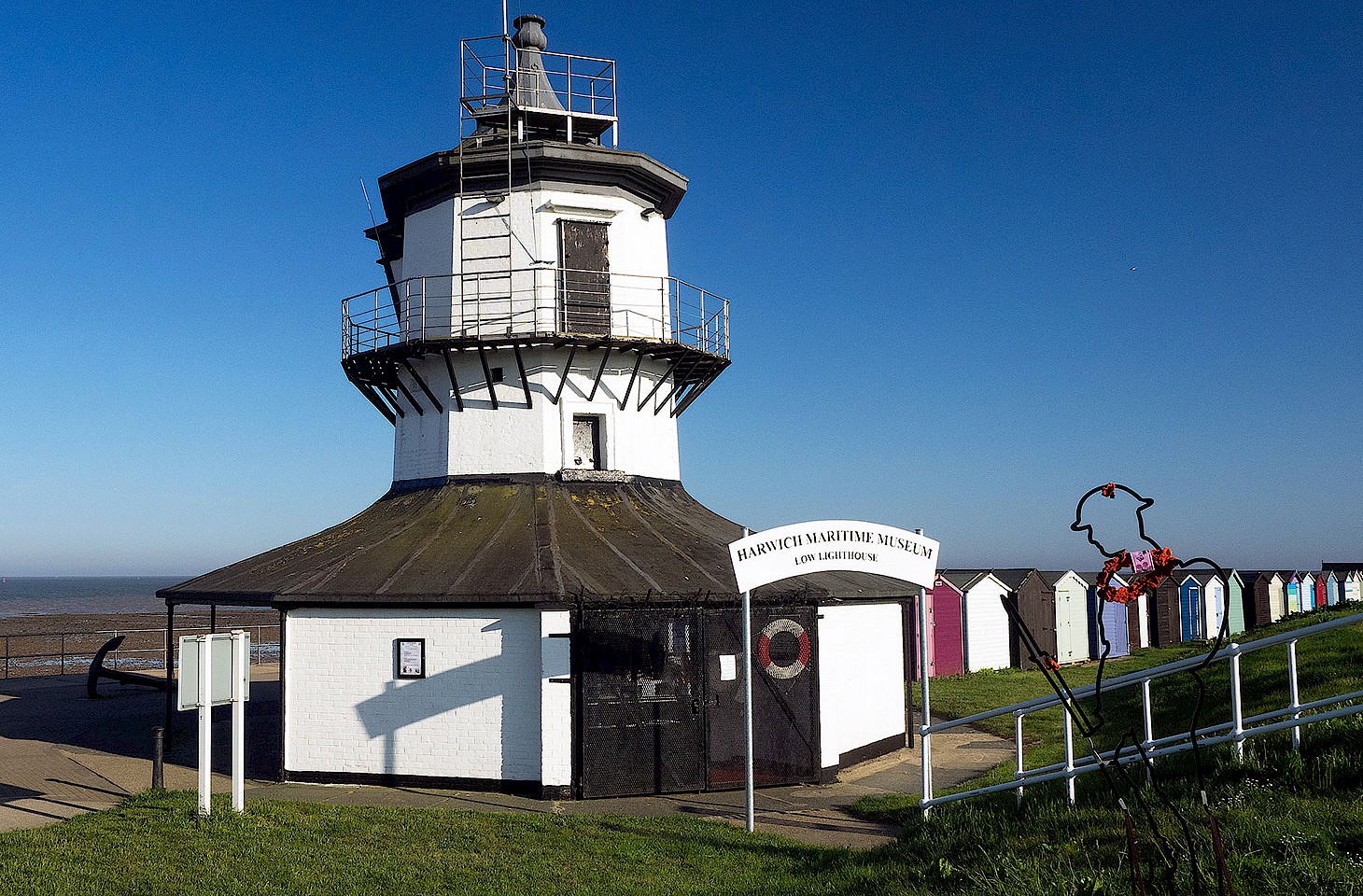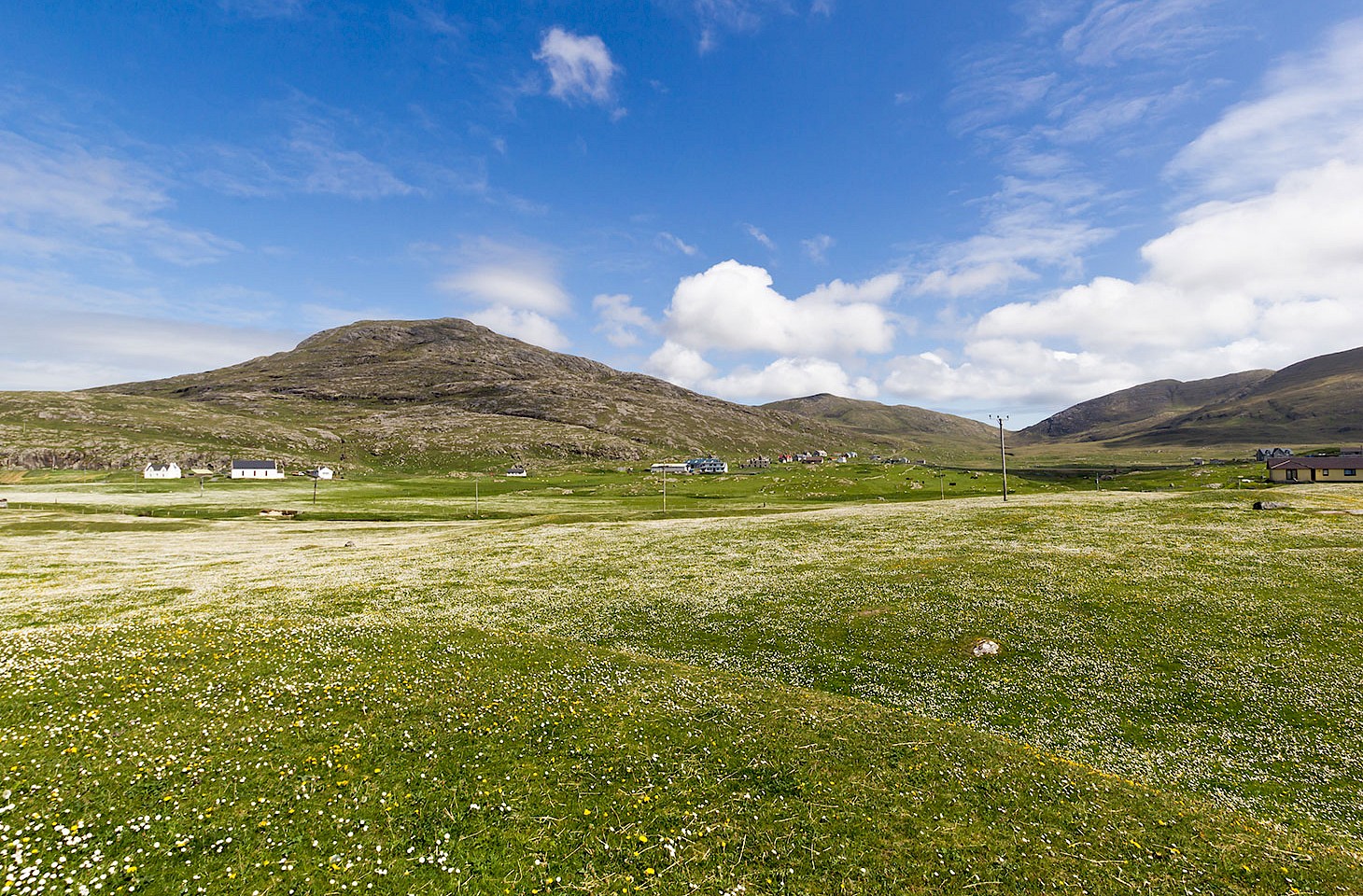The phenomenon of shrines that appeal to devotees of more than one religion is not peculiar to south-east Europe. India has many syncretic shrines that attract both Muslims and Hindus. Japan, too, has a rich tradition of shrines that embody elements of both Buddhist and Shinto belief. And within English Christianity there is a fine example of a syncretic shrine at Walsingham in Norfolk, shared by Anglicans and Roman Catholics. The nominally Catholic shrine at Fatima in Portugal attracts many Muslim visitors, in part prompted by the nominal association with the daughter of the Prophet. The Meryemana shrine near Selcuk in Turkey appeals to both Catholics and Muslims.
But in the south Balkan region, particularly in Albania and Macedonia, there is a remarkable density of syncretic shrines, sometimes not acknowledged as shared by one or the other party involved, and — as at Naum in Macedonia — inviting visitors to question the strong narrative of exclusivity promulgated by some religious or secular authorities. In this region, the syncretic overlap most commonly embraces Christian (usually Orthodox) and Bektashi affections.




